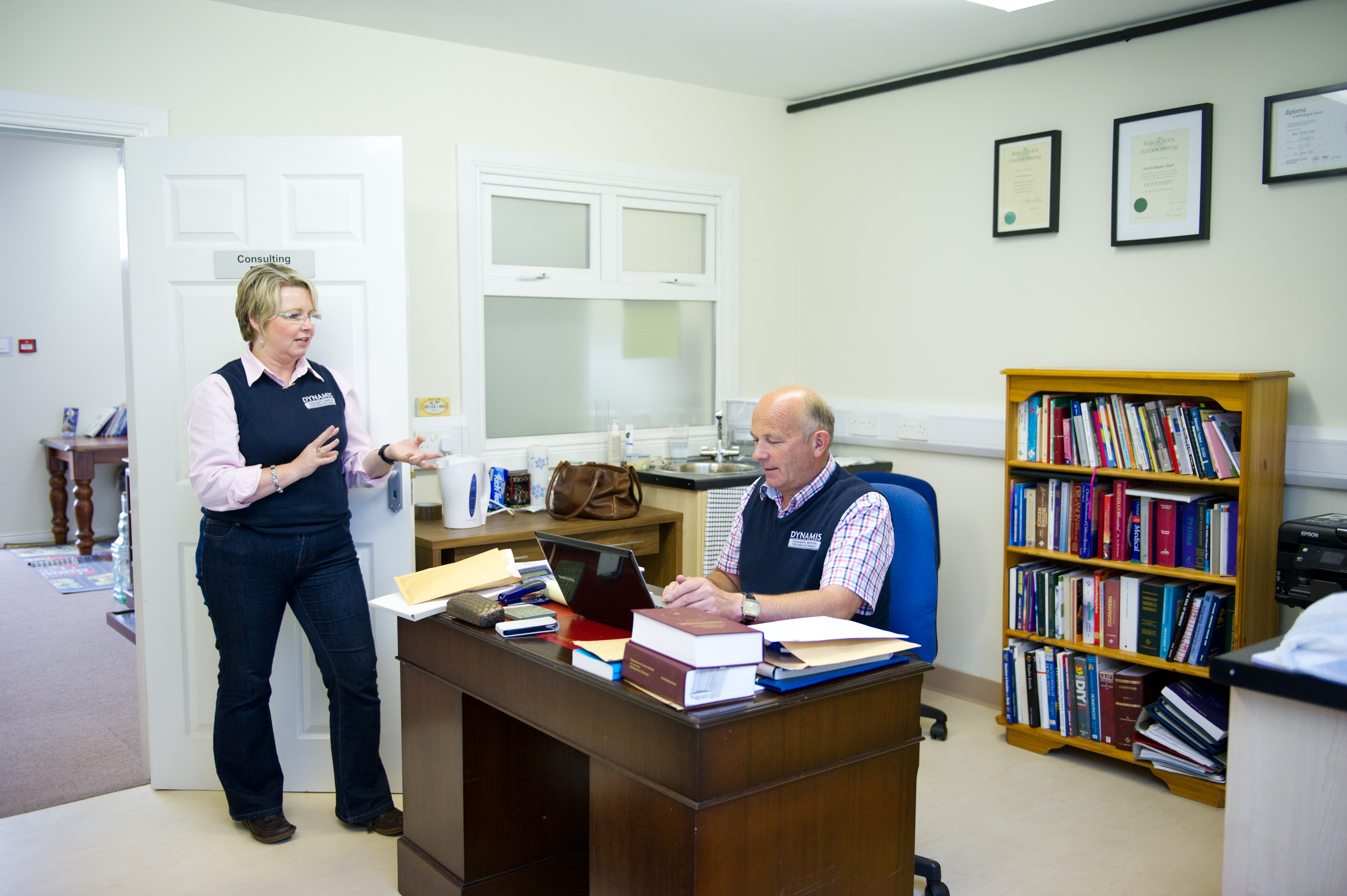How to Make Your Office a Den of Productivity
This article is part of DBA, a series on Mashable about running a business that features insights from leaders in entrepreneurship, venture capital and management.
No one ever designs an office space thinking, “This is going to be the least productive space possible.” But when employees don’t understand the best ways to utilize an office layout, their thinking can quickly and unintentionally turn this way. For example, take the debate over open-office plans that’s been brewing on social media. It’s a hot one, sparking strong feelings from people either defending or hating the space where they spend half of their waking hours. Employers who choose this plan, however, see its benefits clearly.
An open-office plan has the potential for a unique layout and a creative mix of spaces — both shared and private — that can have a huge impact on a company’s creativity, innovation and collaboration. It enables people to easily brainstorm and chat with colleagues and makes employees feel that they are “in the know” on what’s happening with the company. Moreover, the informal nature of this type of setup often gives younger workers the confidence to approach those more seasoned in their careers.
From a cost perspective, an open layout utilizes space more efficiently, saving companies money on their real estate footprint. The most perceptive leaders understand, however, that the real benefits come from the increased productivity and innovative ideas the open-office layout can foster, influencing the bottom line in a much more significant way than simply cutting costs.
Getting workers to understand all the benefits and best ways to use a space doesn’t require a complete reprogramming of how a company operates. At Benhar Office Interiors, we work with companies small and large to create the right, unique space for their culture and operations. But it doesn’t stop there. After an office design is completed, how do you get employees excited about it? Here are four approaches to help ensure your office becomes a den of productivity.

1. Openly discuss your workspace design
For leaders, one of the most effective and simple ways to help employees understand the benefits of a space is to discuss it proactively with them. Explain your vision and how you believe the space embraces — and impacts — the company’s culture. Herman Miller, one of the world’s largest office furniture manufacturers, suggests shifting away from using “my office” to “my workplace” to underscore the freedom an open plan brings. Open plans provide a flexible design platform, allowing for group spaces, informal areas, conference rooms and huddle spaces. People feel empowered when they have choices, so stress this benefit and create a culture where people embrace this freedom.
2. Be clear about and supportive of all modes and functions of work
Collaboration is important, but some modes of work, such as writing, require focus and concentration. At the same time, some job functions, such as HR, involve sensitive, private communications. Ensure that employees know they can find a private space, use a conference room or take a walk outside when private conversations need to happen. For times when workers need to concentrate without interruption or distraction, promote a culture of using signals that quickly let other employees know when someone needs to focus. This helps to maintain some personal space — and the ability to concentrate without distraction — in an open space. Some signals include:
- Using headphones or earbuds
- Painted wood blocks in red, yellow and green to indicate when someone is free to talk
- Mobile whiteboards on casters can create a barrier with phrases such as “creativity in progress.”
- Light signals placed on top of computer monitors can indicate when someone is busy to people approaching from front and back

3. Be sensitive to generational differences
Melding generations in the workplace brings a variety of viewpoints to the table, but also a variety of ideas on when and how to work. While it’s important to be sensitive to generational differences, Herman Miller advises employers to beware of generational generalizing. Herman Miller’s research on how generations work shows that an open plan can accommodate the face-to-face meetings that Millennials prefer, the focused concentration that both Boomers and Millennials seek,– and the flexibility and independence that GenXers strive for in their careers.
4. Listen to your employees
Finally, be open to change and address employees’ concerns over time.
Minor adaptations can provide increased acoustical or visual privacy if needed, without significant cost or renovation to the space. Items like white noise machines can help quell distractions and offer more acoustical privacy. Stand-alone products such as Loook Industries’ The Box Lounger, BuzziSpace’s BuzziTwist or Haven Pods by Allermuir can quickly and cost effectively add more privacy to open spaces through sound blocking materials and visual barriers.
Communication is key to creating a den of productivity. Get employees excited about your vision by showing how a space is a direct reflection of your company’s unique culture, and discussing how it will improve workplace productivity and creativity. Empower your employees to take advantage of the open plan’s freedom of movement, and encourage them to openly discuss concerns. Celebrate your workspace’s successes, and be open to adjusting when things aren’t working for your company.
Source: mashable.com




